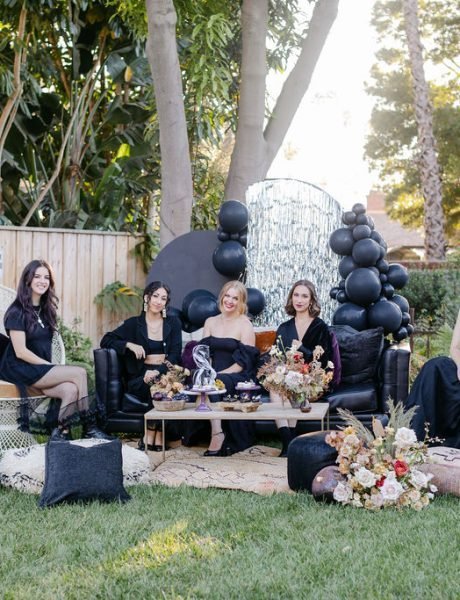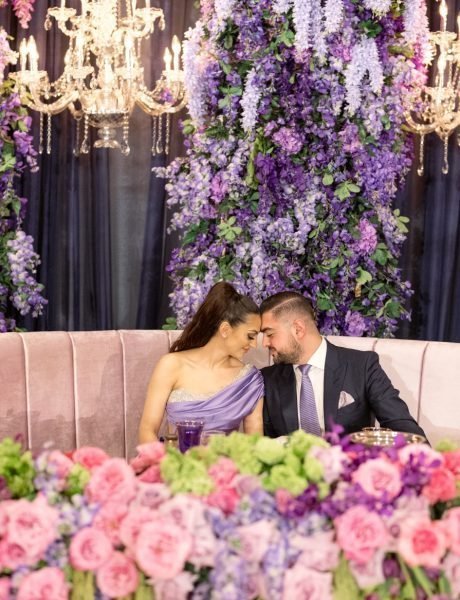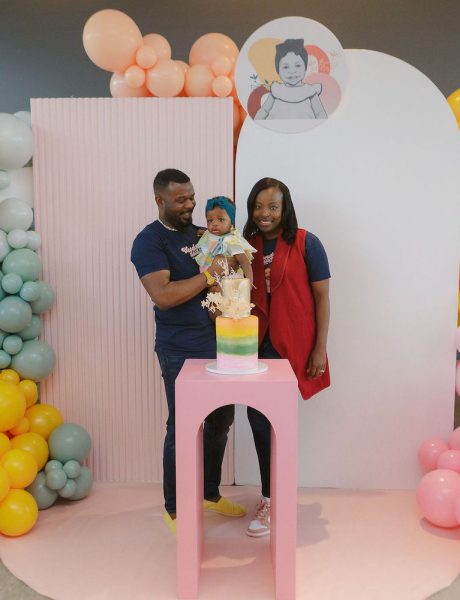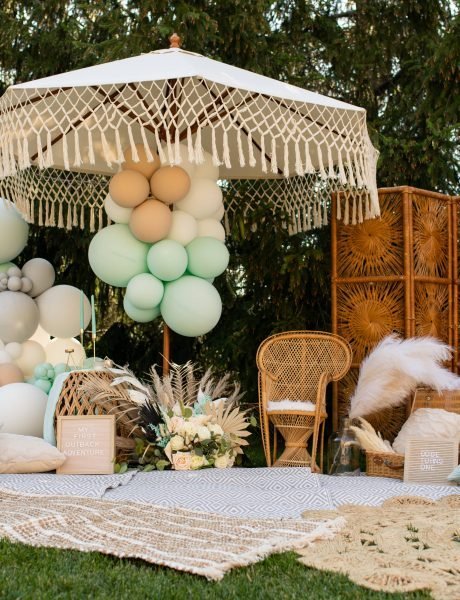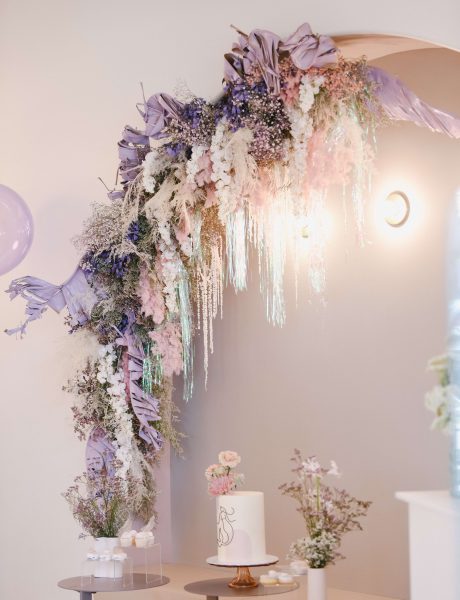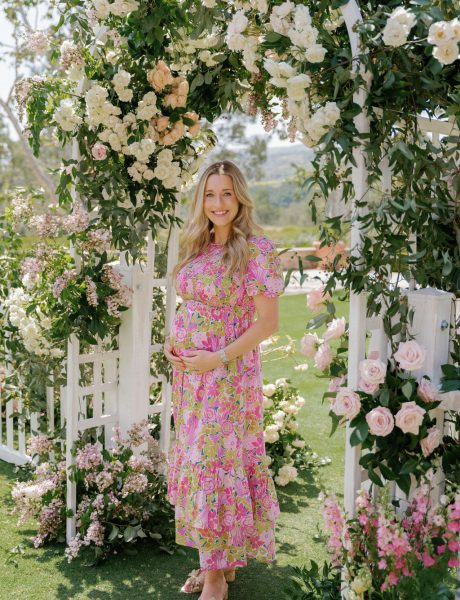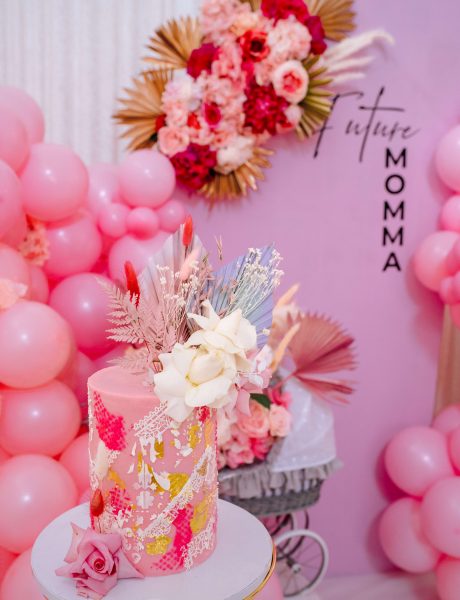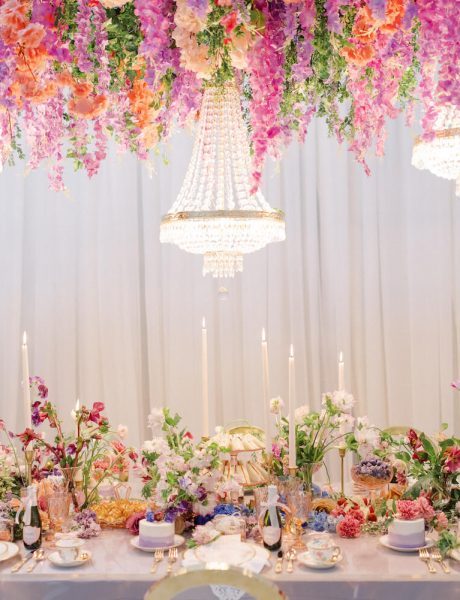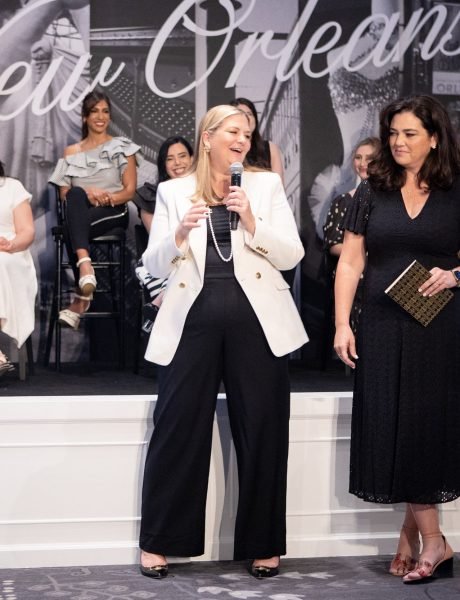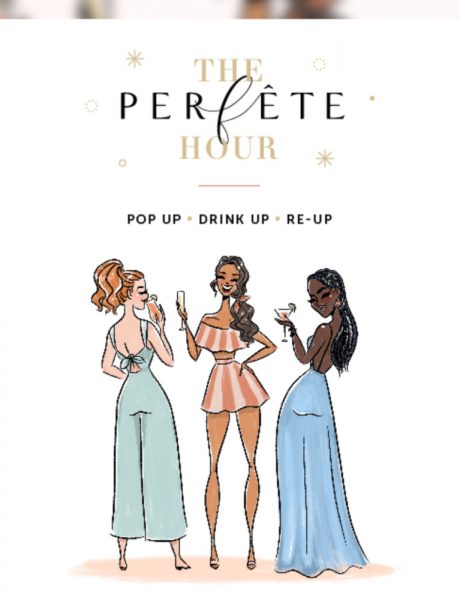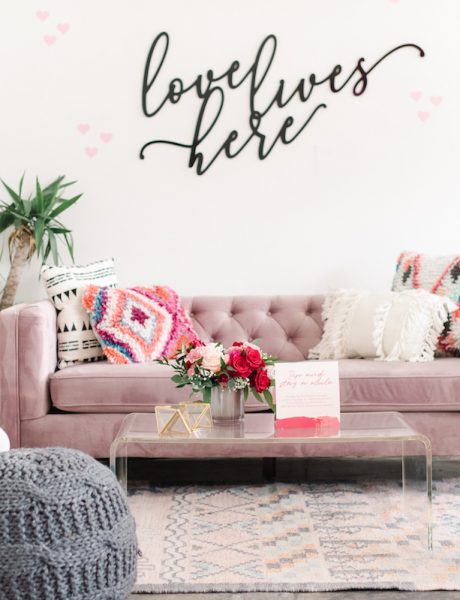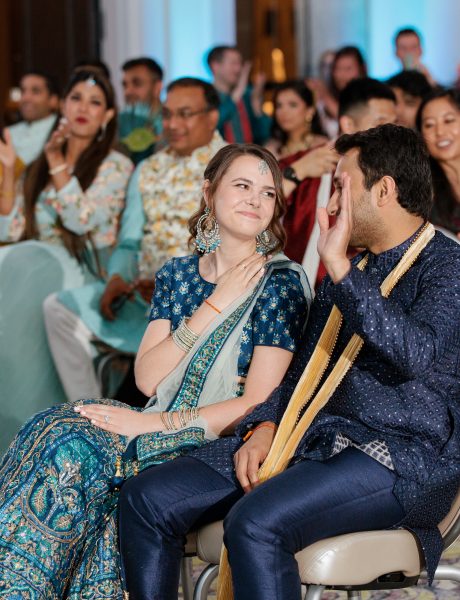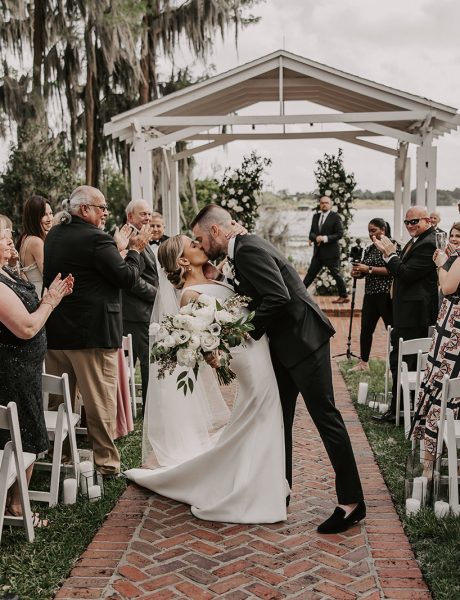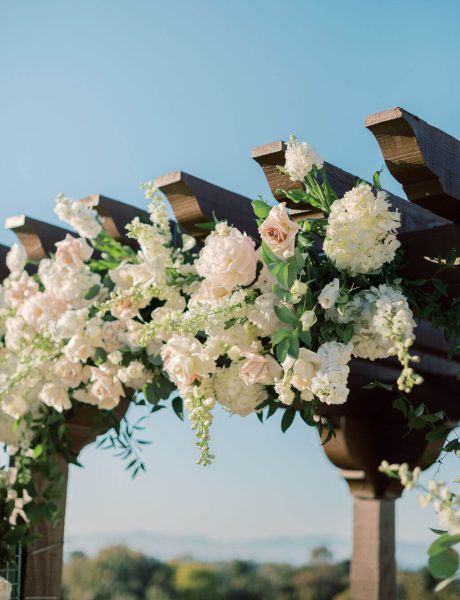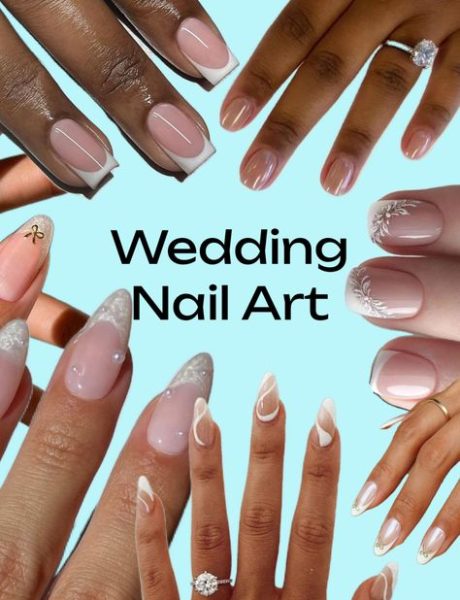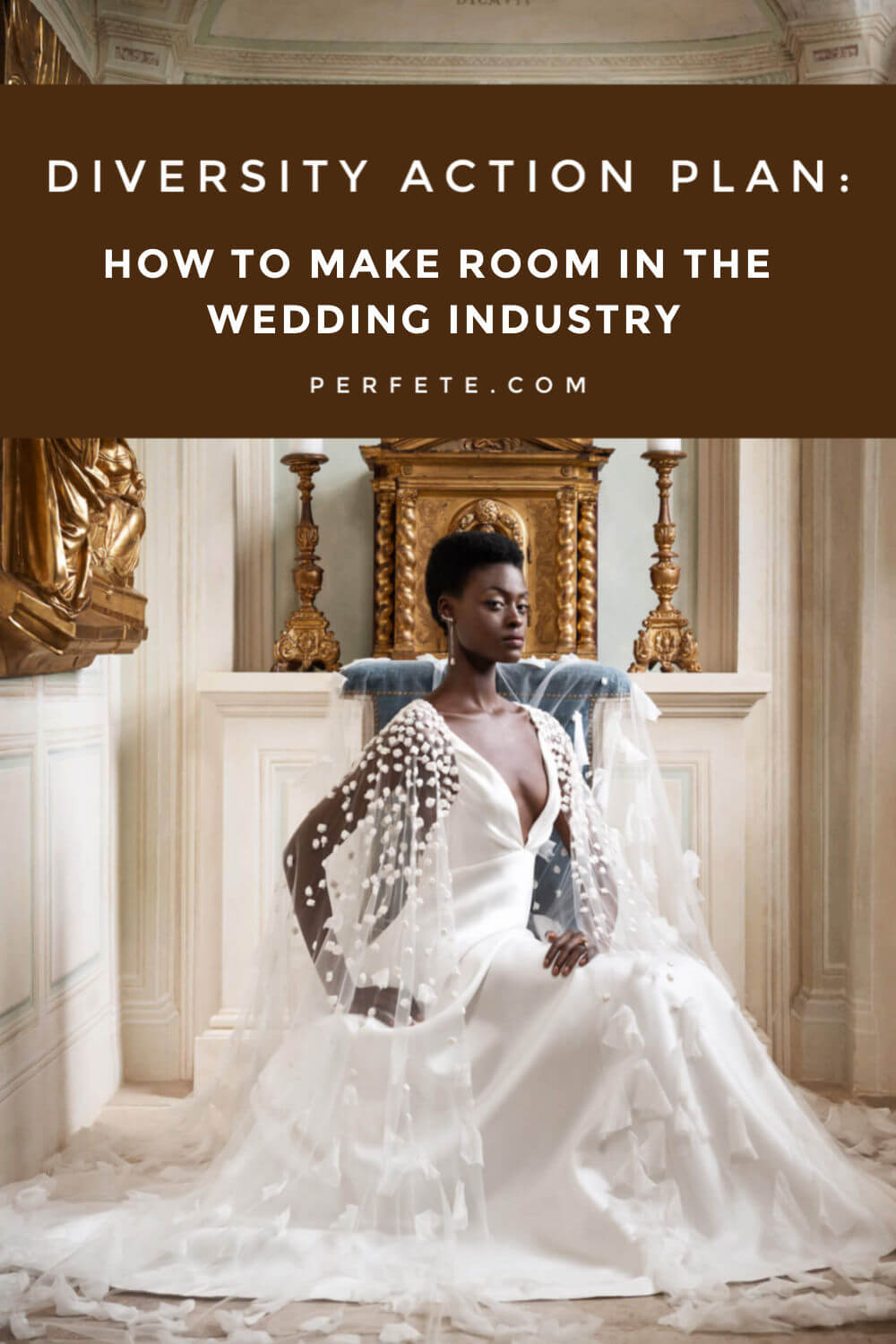
We are in the middle of an extremely important, emotionally charged movement in the United States. The violent deaths of George Floyd, Breonna Taylor, Ahmaud Arbery and countless others are a tragic symptom of deep rooted discrimination and systemic racism in this country. As millions have protested, not only in the U.S. but worldwide, people are demanding change. Silence is not an option. Black Lives Matter.
Companies, publications and influencers have been responding to this movement in different ways. Some are posting statements, some are donating. Some are posting their team diversity percentages. Some are being transparent about their white privilege and are re-evaluating policies and protocols. While others are silent – and that silence is deafening.
The wedding industry has always been dominated by the same type of content and imagary – thin, white, heterosexual couples. At Perfête (and formerly at Aisle Perfect), we have always prioritized representing BIPOC (Black, Indigenous & People of Color) in all of our content, as well as size diversity and the inclusion of marginalized communities. This goes for featured weddings, designers, vendors, round ups and writers. Our team is 75% Black and POC, because it is important for us to view our content from a diverse lens.
Although we feel it should be obvious, it needs to be said: posting on social media or releasing a statement is nowhere near enough. There is a LOT of work to be done. Here’s how you and your team can start:
1.) Look within.
First, do the work to identify your own conscious and unconscious biases. Your unconscious biases will be much more difficult to uncover, since, as the name suggests, you don’t realize you have them. There are multiple unconscious bias tests available online (Project Implicit,Tolerance) to help you identify these beliefs. Once you realize the biases you have, the next step is to actively work to dismantle them. Second, take a look at your employees and contractors to identify whether you employ any BIPOC. Are people who don’t look like you represented in your business?
2.) Listen.
Making the right changes begins with listening to your team and your followers. Have your employees, vendors or clients ever raised concerns about past actions of the company (like social media posts, sponsored content or press releases). How about past behavior within the company? If so, listen to those concerns and take them seriously. Don’t dismiss them. Don’t perpetuate a racist or hostile environment or company culture where your employees or contractors feel unsafe, disrespected, undervalued, or ignored. Listen to feedback from your clients and readers. Have any of your clients ever noted that they hired you, even though they didn’t see themselves represented in your work? Have any of your clients ever pushed back on your unwillingness to incorporate their personal and cultural traditions into their wedding day? Listen to BIPOC. They are giving you a guidebook on what to do and how to change right now.
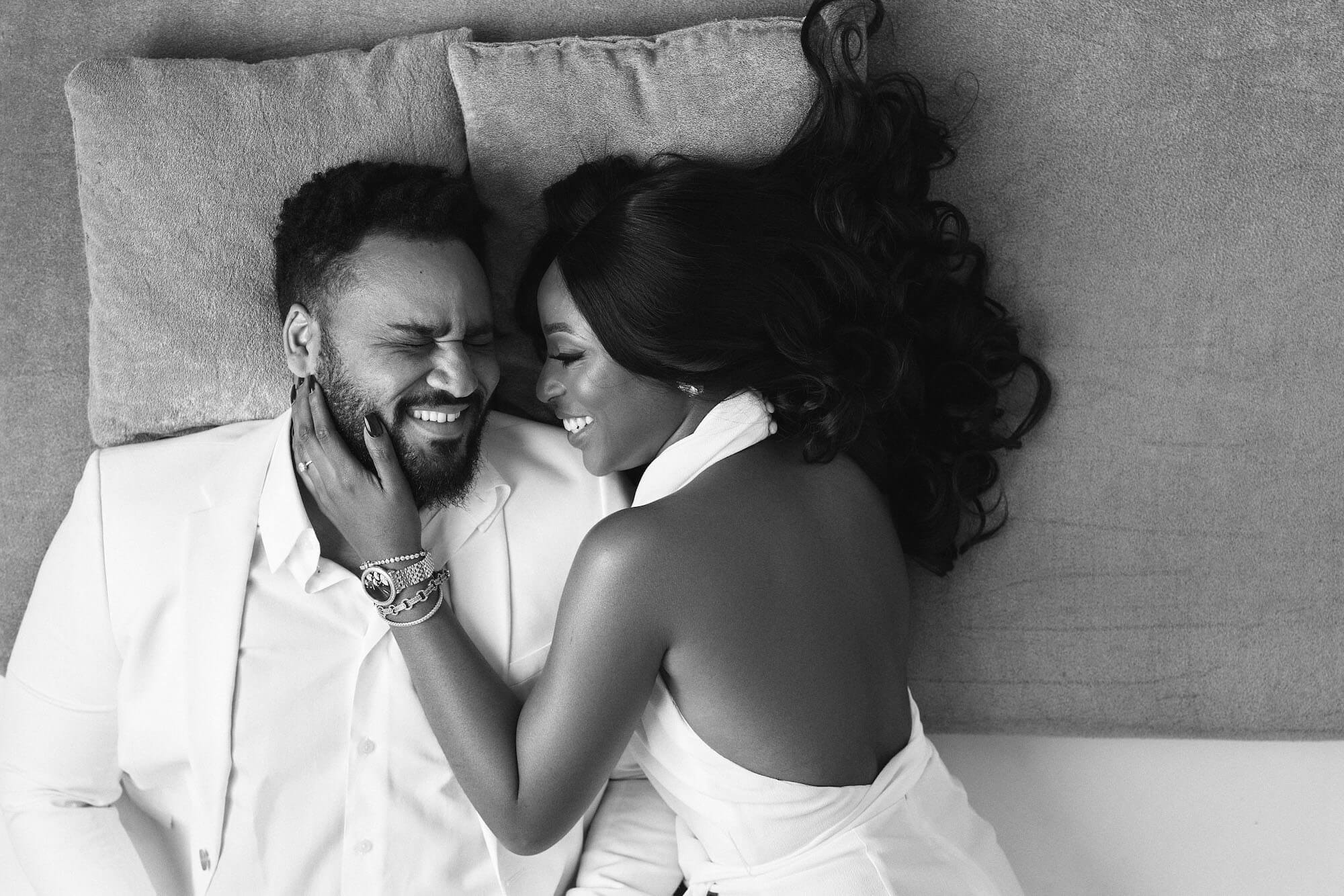
3.) Learn.
Pay a diversity educator to teach you and your team about doing this work. Most importantly, be sure not to exclude yourself from this conversation. Reading articles online and Googling topics is a great start, but it’s not a complete education. A diversity educator knows how to structure the information in a way that helps people fully understand. They are aware that this work is a combination of understanding how history impacts the structures and systems in place today, and then adopting a critical lens through which to view society. This is not something you can adequately self-learn. It is important to note this is NOT the responsibility of any BIPOC within your company to explain to you what your company needs to be saying externally and internally right now. That is not their job and they are not being compensated to do that kind of emotional labor (nor should they be expected to do it even if they were getting paid). In addition, it is NOT the responsibility of your BIPOC friends to teach you any of this, to answer your questions, or to be the sounding board for you to process your emotions. Some diversity or bias awareness consultants to check out are:
4.) Prioritize hiring qualified BIPOC for the roles.
If you have an open position in your business, or when looking at which vendors to use for a wedding/event, prioritize hiring qualified BIPOC for those roles. [Note that BIPOC prefer you to hire them, not because of their race but, because they are the best person for the job.] The wedding industry is filled with so many talented vendors of color. Do the work to seek them out.
5.) Leave room and make space.
The default in the wedding industry is to feature white couples and white wedding vendors. Do not keep contributing to that standard. Do your part to share images of BIPOC you’ve worked with are on your website and in your social media feed. Put in extra effort to get your BIPOC couples published in wedding publications that historically haven’t been as diverse, but are actively putting in the work to be better. Another thing you can do is amplify the voices and work of BIPOC in the wedding industry (obviously being careful to not take credit for their words or their work). Spotlight people who are doing amazing work in this industry. Also, consider highlighting the work of BIPOC on your team and the vendors you work with. Maybe you hired a BIPOC vendor to help you with your branding or marketing strategy. Show them some love, publicly, so others will know them and support their businesses.
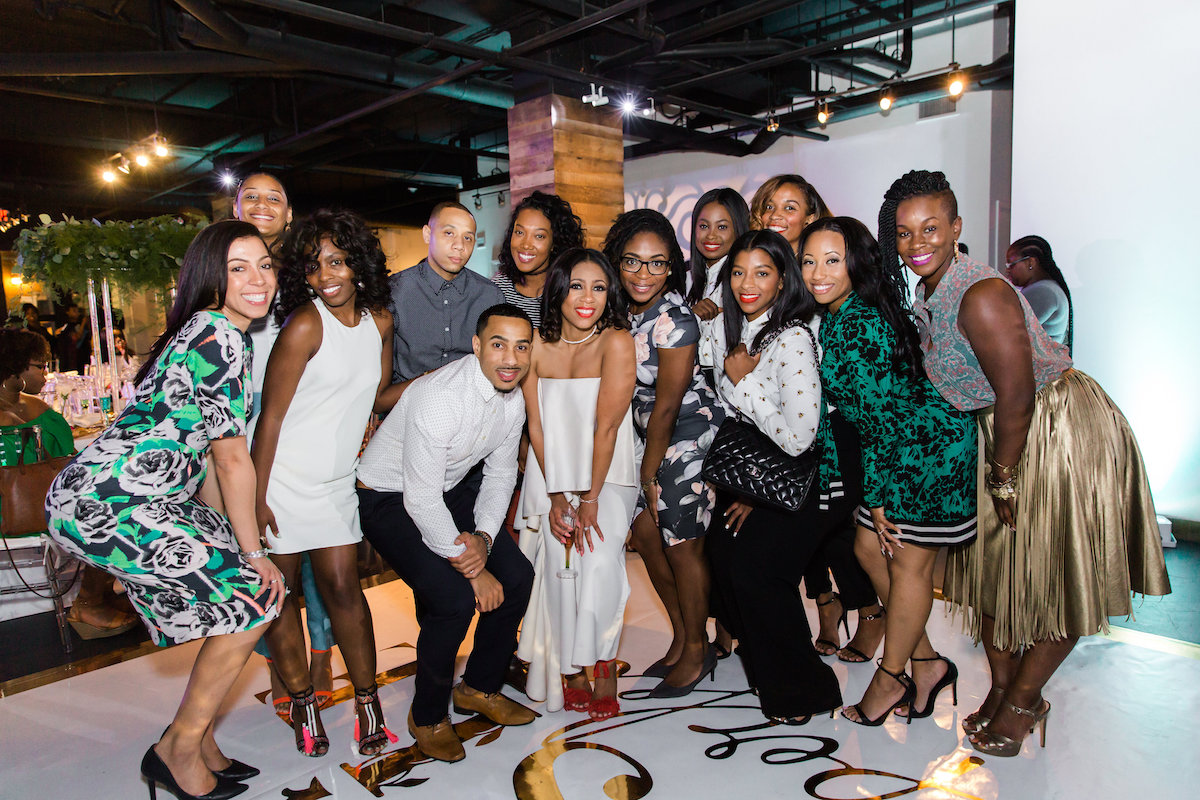
6.) Collaborate with and refer BIPOC vendors and professionals.
White vendors in the wedding industry (but especially venues and planners): look at your preferred vendor lists and identify the number of BIPOC vendors on those lists. Not many? Then fix it. Also, do not ask your BIPOC vendor friends who their favorite BIPOC vendors are. Take a look at everyone who you’ve worked with in the past, any BIPOC there? If still nothing, take to Google and Instagram. Aside from striving to work with more BIPOC vendors on weddings, find a way to bring BIPOC into cool collaborations and important conversations. Find a way to make room and then bring them to the table with you. Have you been given an opportunity to speak on a panel? Ask the organizer how many BIPOC will be on the panel with you. If the answer is none or one, suggest BIPOC they can add and let them know that you won’t participate unless there is better representation. Same thing with presenting at conferences. When given an opportunity to produce an editorial spread for a publication, bring in BIPOC vendors to work with you. It is important to have diversity in front of and behind the camera.
7.) Make consciously inclusive editorial decisions.
When reviewing post submissions (if you’re a publication), or deciding what to share as samples on your site (if you’re a vendor), rigorously keep track of who is being represented, and who is not. Are you sharing wedding content that is mainly attractive, thin white couples, or are BIPOC and couples of all shapes and sizes shown? Are you sharing exclusively heterosexual couples, or are you being inclusive to the LGBTQ community? When you feature a dress collection or a round up or inspiration – are you ensuring that the images chosen represent more than one demographic? If you are offered a chance for a sponsored post/content, and the brand only sends images of white couples, are you pushing back for more diversity? Ensuring that your website, publication and social media platforms are inclusive is your responsibility and should be a part of you or your editor’s everyday process and focus. Do the work.

8.) Donate.
Put your money where your mouth is. If you have room in your budget, please consider donating to the organizations below. If cash flow is tight, consider donating a percentage of future affiliate or sponsorship earnings. At a minimum, simply sharing and promoting these organizations on your various platforms will help raise awareness and funds.

